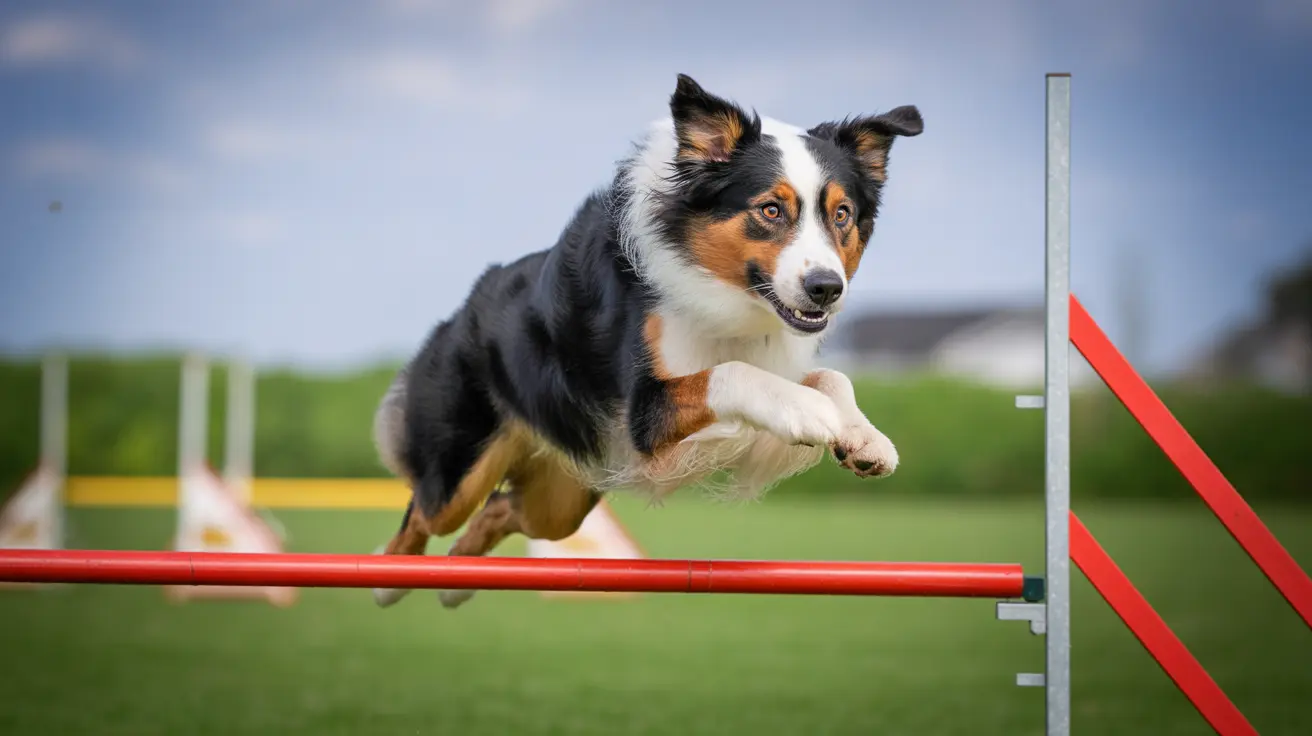The Three Types of Huskies: An In-Depth Guide
Huskies are among the most recognizable and admired dogs in the world. Known for their striking appearance, incredible stamina, and close relationship with humans, Huskies have captured the hearts of many. When people refer to 'Huskies,' they usually mean one of three types: Siberian Husky, Alaskan Malamute, and Alaskan Husky. Each of these types is unique in appearance, temperament, and historical function, although they share a common lineage as sled dogs.
1. Siberian Husky
The Siberian Husky is perhaps the best-known of the husky types. This medium-sized working dog with erect ears and a bushy tail was originally bred by the Chukchi people of Siberia. The breed was developed for companionship and endurance-based sled pulling in sub-zero climates.
- Origin: Northeast Asia (Siberia)
- Appearance: Thick double coat, erect triangular ears, striking eye colors (blue, brown, amber, heterochromia)
- Coat Colors: Black & white, gray & white, red & white, sable, agouti, piebald
- Personality: Intelligent, sociable, energetic, stubborn, escape-prone
- Exercise Needs: High; requires daily vigorous physical activity
Siberian Huskies were brought to Alaska during the Nome Gold Rush and gained fame during the 1925 serum run to Nome. Balto and Togo, two legendary Siberians, played key roles in this event.
2. Alaskan Malamute
Contrary to popular belief, the Alaskan Malamute is not just a larger Husky. It is a separate breed, originally developed by the Mahlemut Inuit tribe in Alaska. Alaskan Malamutes are built for power rather than speed and were used to haul heavy loads over long distances.
- Origin: Alaska (Mahlemut Inuit tribe)
- Appearance: Larger and more robust than the Siberian Husky, fluffy tail, broad chest
- Coat Colors: Shades of gray, black, sable, and red, always with white markings
- Personality: Loyal, strong-willed, affectionate, dignified
- Exercise Needs: Moderate to high; enjoys strenuous but steady activity
While not as fast as their Siberian cousins, Malamutes are admired for their strength and endurance. They are also more independent and reserved, though still friendly.
3. Alaskan Husky
Unlike Siberians and Malamutes, the Alaskan Husky is not a recognized breed but rather a category of dogs bred specifically for performance. They are often used in professional sled dog racing and have been optimized for speed and endurance through selective crossbreeding.
- Origin: United States (Alaska)
- Appearance: Varies widely, generally leaner than other types, short to medium coat
- Coat Colors: Varied, depending on lineage
- Personality: Agile, athletic, intelligent, driven
- Exercise Needs: Extremely high; bred for racing and long-distance running
Alaskan Huskies are crosses of Siberian Huskies with other breeds such as German Shorthaired Pointers or Salukis. They are judged by their ability rather than their appearance.
Key Differences at a Glance
- Siberian Husky: Balanced between strength and speed; versatile in tasks; friendly and social
- Alaskan Malamute: Powerful and sturdy; slow but reliable for heavy-duty sled work
- Alaskan Husky: Lightweight and fast; bred solely for working ability
Choosing the Right Husky
Each type of Husky has its own unique strengths and needs. Before choosing one as a companion, prospective owners must evaluate their lifestyle:
- Activity Level: Can you commit to high daily exercise?
- Living Space: Do you have a large, secure yard?
- Experience: Are you prepared for a strong-willed breed?
While all three types of Huskies can make excellent pets in the right environment, they demand time, training, and dedication. Their working heritage shapes their temperament and needs—knowing this will help ensure a fulfilling relationship between owner and Husky.





